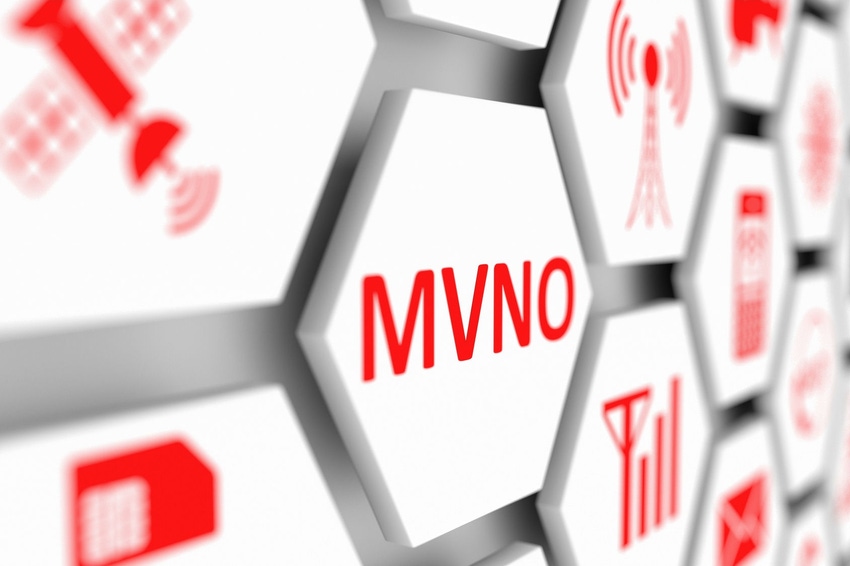The US and the global MVNO market are at a turning point. But it’s not a single turn; the market is taking multiple directions and developing in numerous niches.
April 28, 2021

Telecoms.com periodically invites expert third parties to share their views on the industry’s most pressing issues. In this piece Dario Talmesio, Research Director, Omdia shares his thoughts on the future of the MVNO market.
The US and the global MVNO market are at a turning point. But it’s not a single turn; the market is taking multiple directions and developing in numerous niches. The market that originated from many small and large long-distance, low-cost calling cards specialists, MVNOs are now growing into a different level of sophistication and re-carving new customer segments and customer propositions.
The transition from a low-cost consumer-centric market is gradual, but the direction of travel is becoming more noticeable as new partnerships are formed.
From legacy networks to 5G: firstly, the existing consumer MVNO market is becoming more sophisticated, and those MVNO brands that are still focusing on private customers will want to have access to the newest networks, as that is 5G. The affordability of 5G devices will reach the mass market faster than any other generation. MVNOs will have to ask their host operators access to 5G sooner rather than later if they want to remain relevant to their customers.
From people to things: with the global IoT market set to reach 2.6bn connections by 2025, according to Omdia forecast, there are 100s of sub-segments in 100s of markets that need vertical and application specialists able to address the multitude of business cases developing every day profitably. The market for thinks is even more in demand for focussed players than the consumer MVNO ever did.
From consumer to enterprises: besides the IoT segment, the emergence of mobile “self-catering” enterprises will provide opportunities for the MVNO ecosystem. Some enterprises are actively working to become mobile service providers for their employees and partners. An inspiring example is Uber in Brazil, where the gig economy giant aims to sell connectivity to its drivers and delivery partners.
From public to private networks: with the rapid evolution of private connectivity, some enterprises will prefer to work with players who specialize in their sector. According to Omdia’s survey of 507 enterprises, 3% of them put most of their trust in partnership with and assistance from MVNOs and MVNEs to execute private LTE/5G strategy. While 3% seems small, but it confirms that MVNOs are niche and highly specialized players.
From independent to MNO-led: of course, the MVNO business model is also the favourite implementation of multi-brand strategies for service providers. As mobile markets are maturing and saturating, more MNOs are implanting branding segmentation supported by MVNE and MVNOs.
To find out more about the North American MVNO market at the upcoming MVNOs North America Digital Symposium, you can register your place here.
About the Author(s)
You May Also Like








.png?width=300&auto=webp&quality=80&disable=upscale)


_1.jpg?width=300&auto=webp&quality=80&disable=upscale)


.png?width=800&auto=webp&quality=80&disable=upscale)